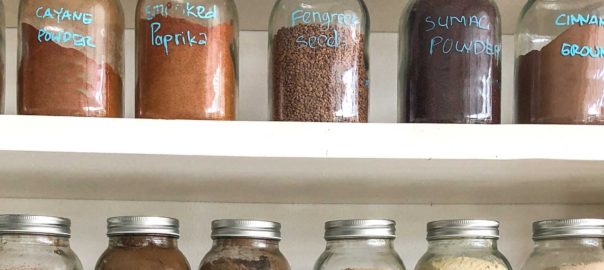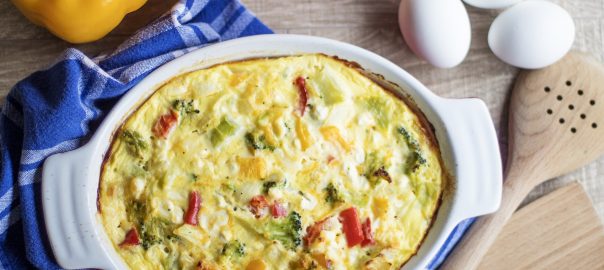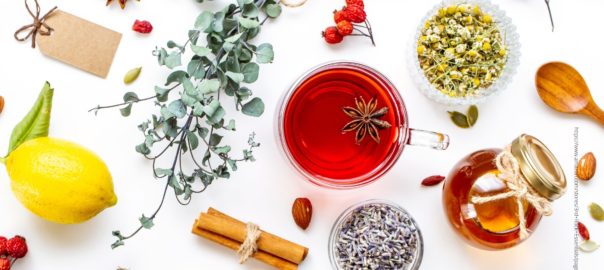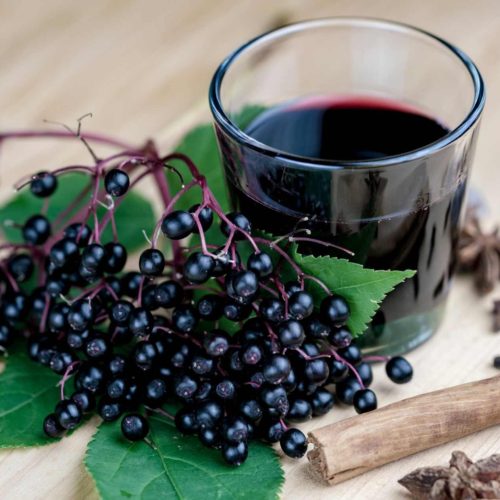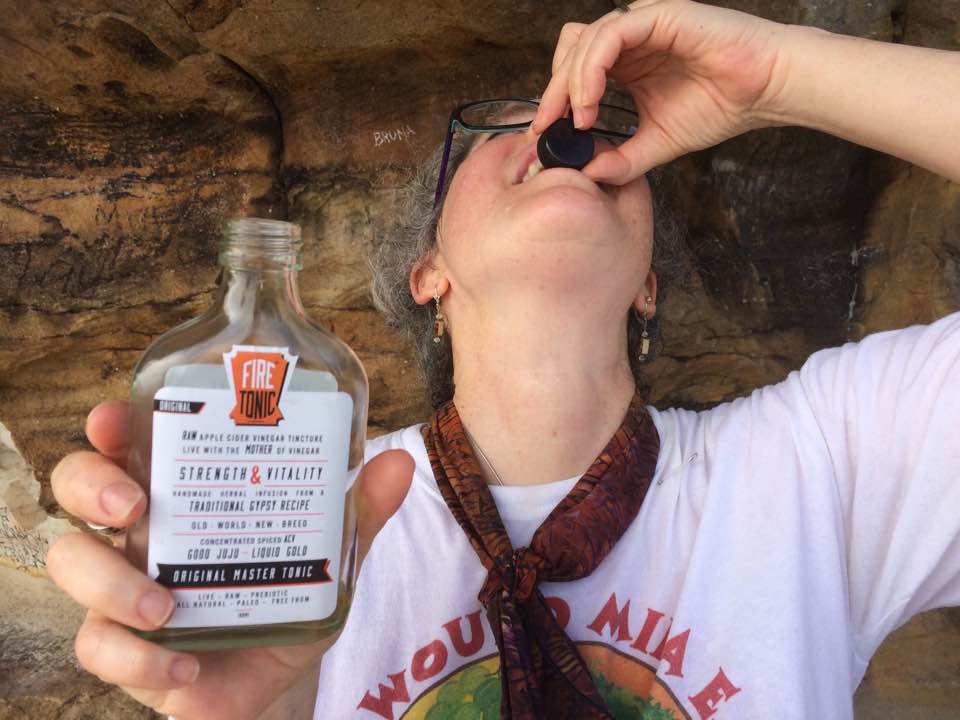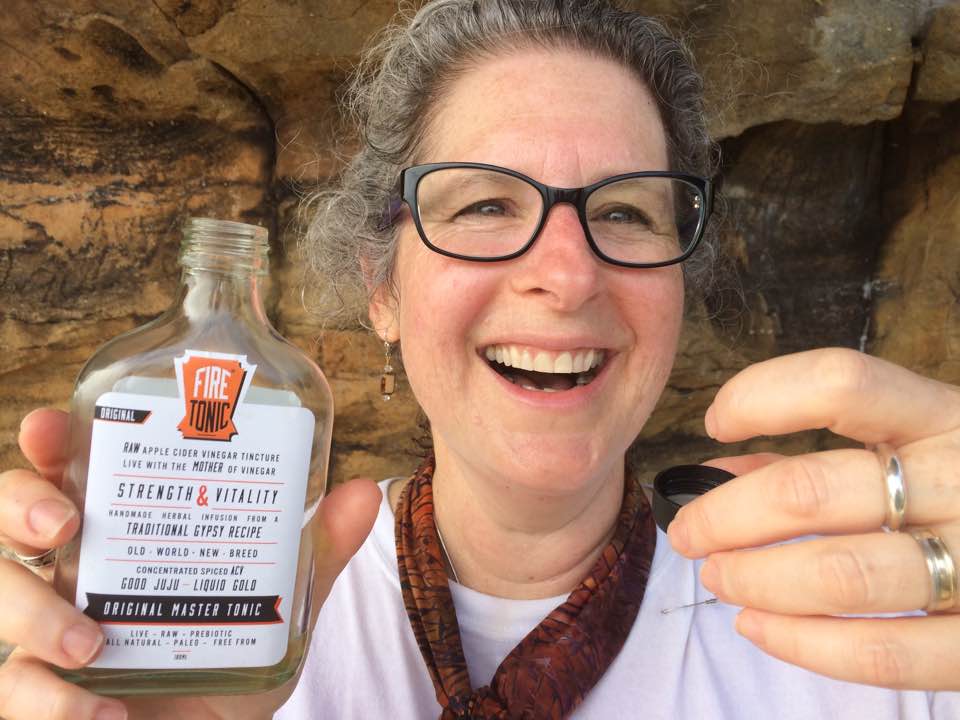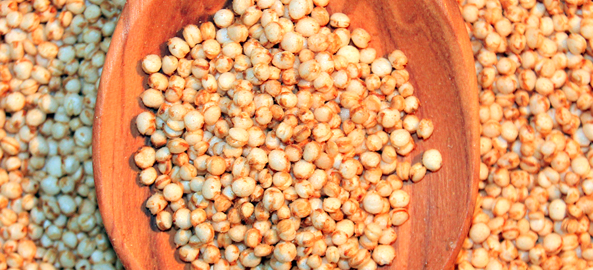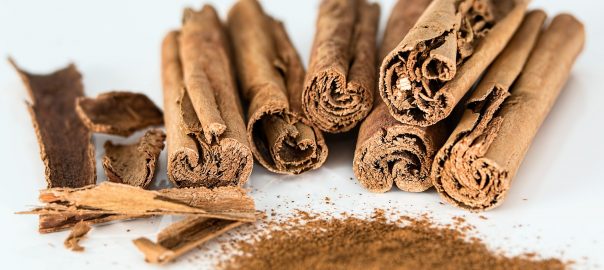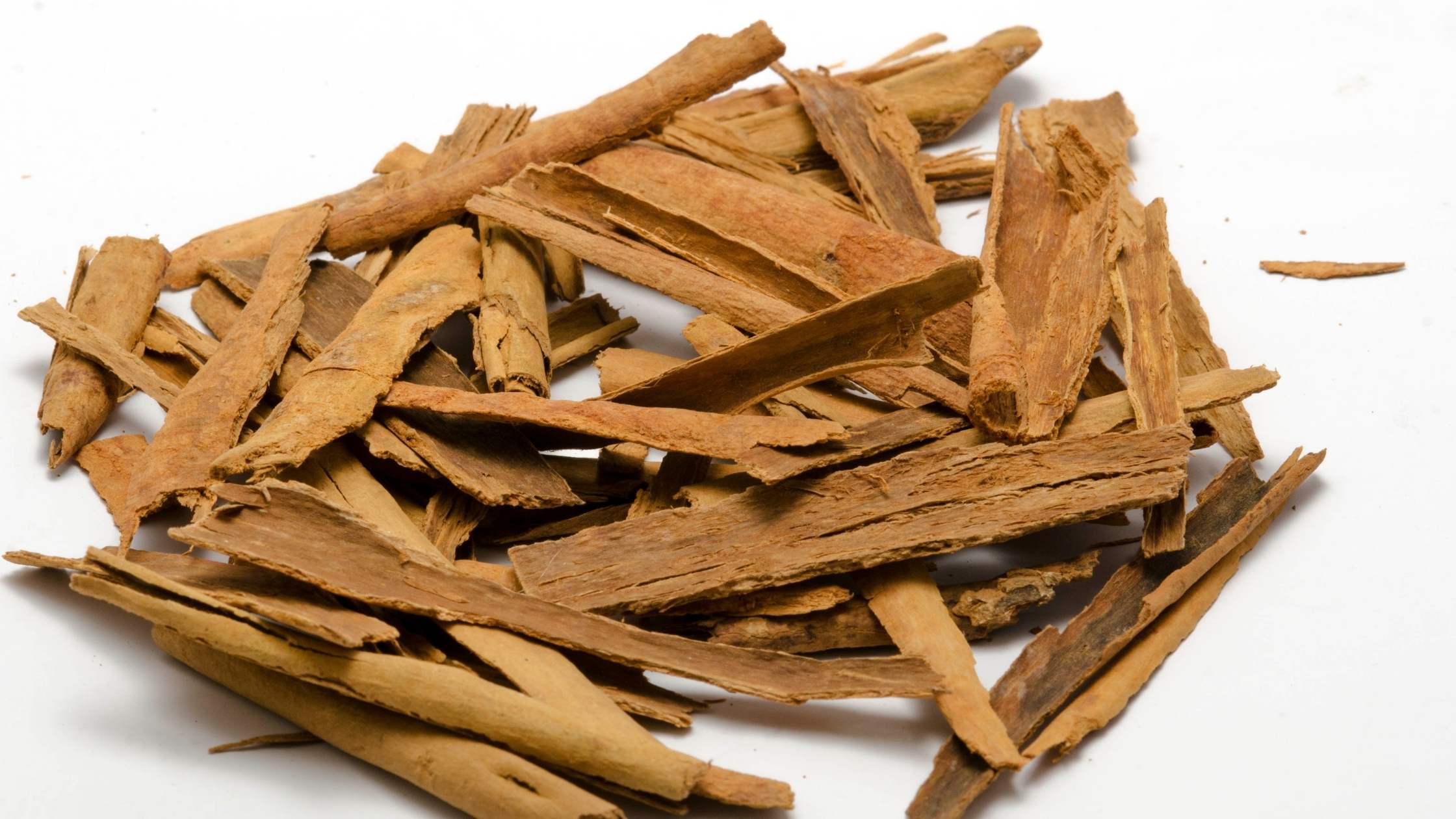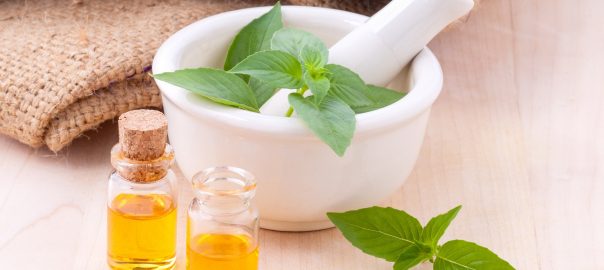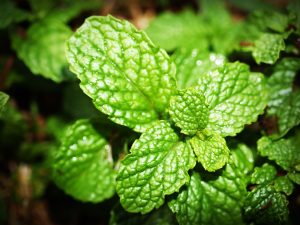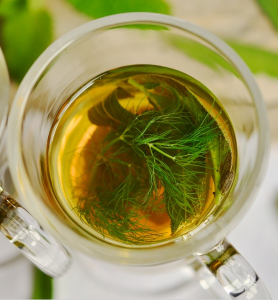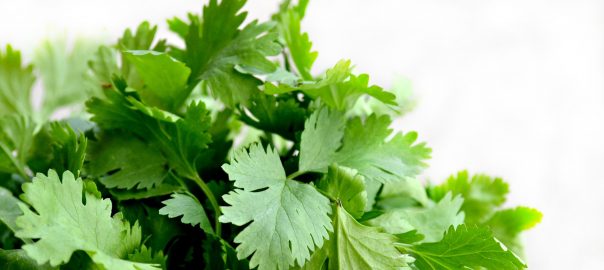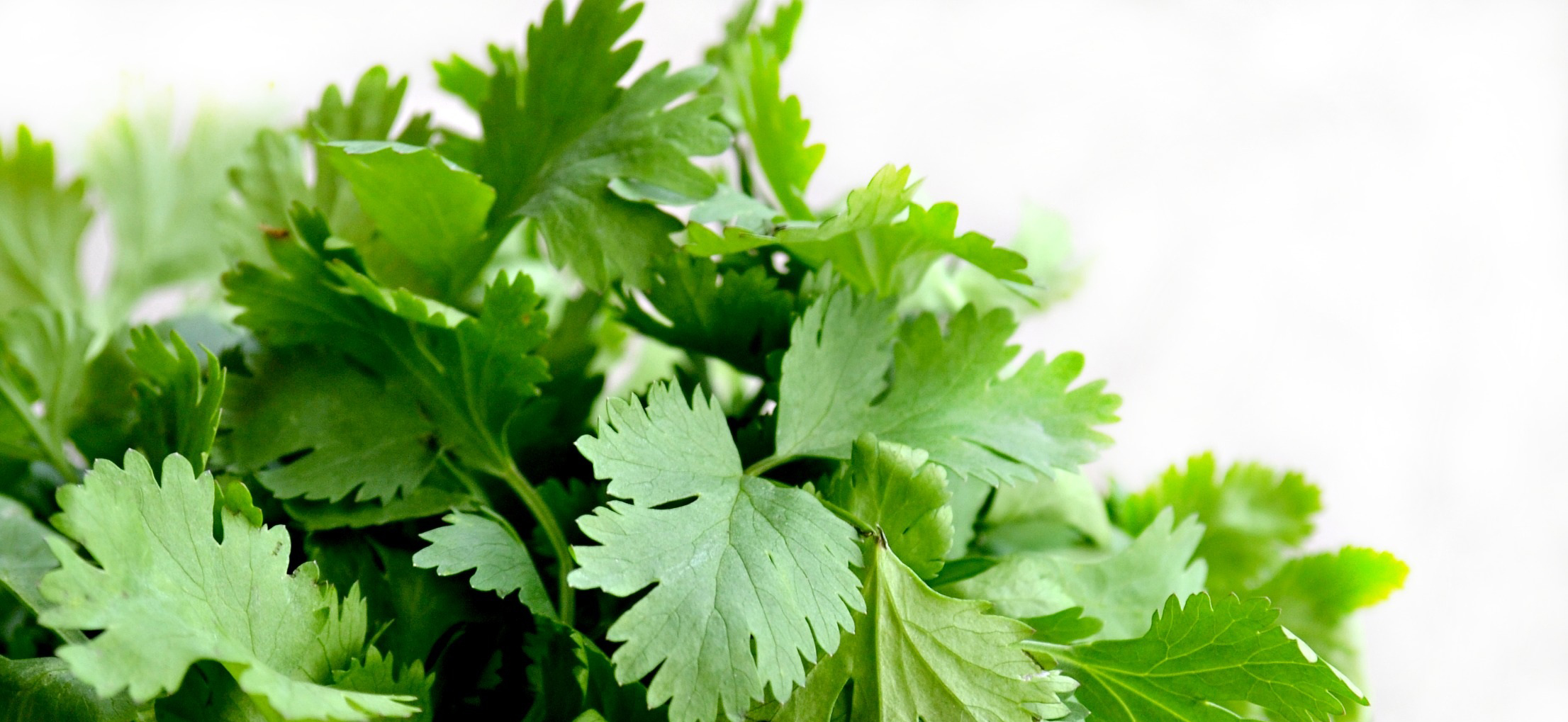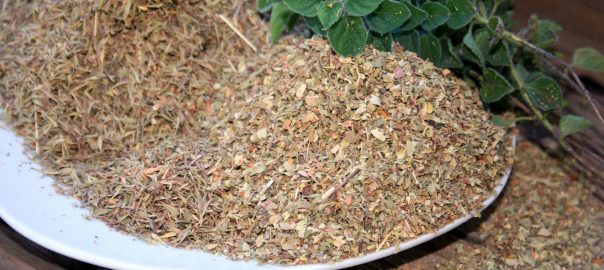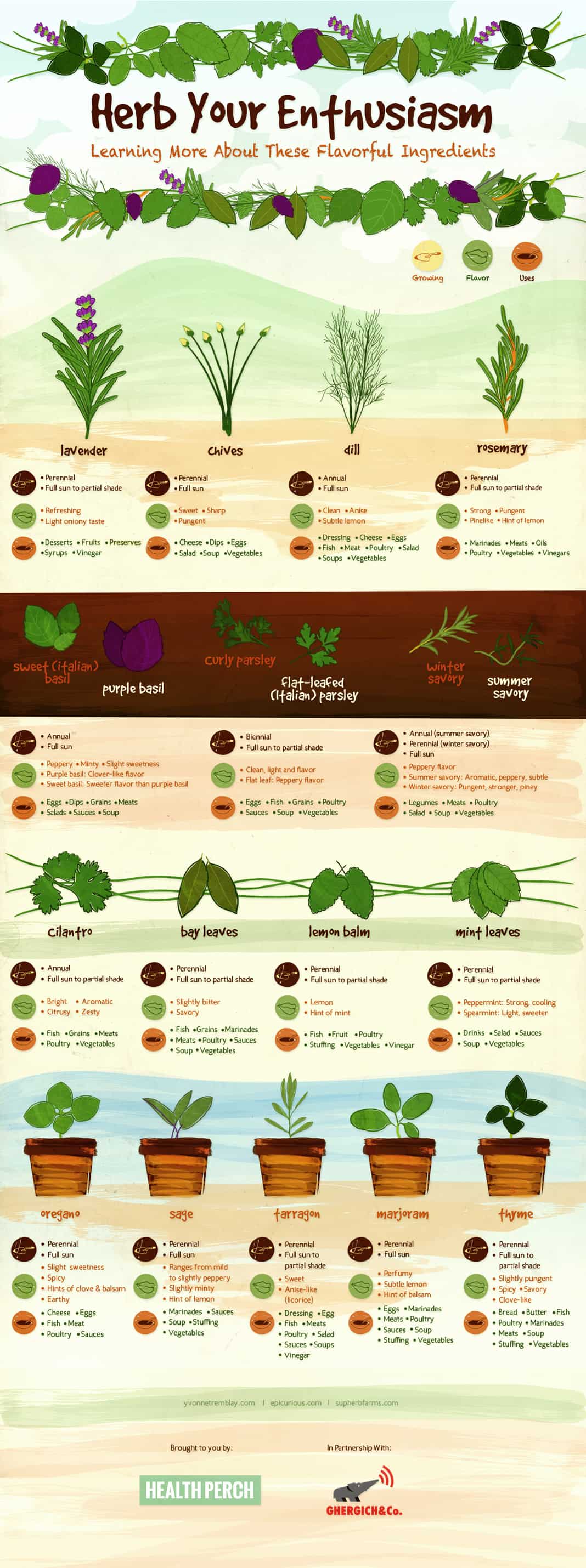Spices are tricky for many people. It’s easy to buy something for a recipe and then it languishes in your kitchen forever. The next thing you know you’re trying to get what you need for a recipe and there’s an explosion of little containers when you open the door. Keeping your spices organized and being mindful about them can help you have less clutter in the kitchen.
I recently realized it’s been over a year since I went through and re-organized all of my spices. I try to do this on a yearly basis to keep things more efficient and organized.
What's the difference between herbs and spices
Before we get started let’s address the definition of spices. For the purposes of this article I am going to refer to both herbs and spices simply as spices. They are, however, distinctly different.
Herbs are those items that come from the leaves of the plant such as basil, mint, sage. It can also refer to things like chives or garlic scapes. Herbs can be used both fresh or dried.
Spices are those things that are not the leaves of the plant. For example seeds such as nutmeg or fennel. Spices can also be made from the roots, systems, bark, or the stalk of a plant. These are typically used dried and may often be powdered for culinary use.
Top tips for organizing your spices
1. It’s important to remember that spices do have a shelf life.
Just because they’re dry does not mean they last forever. Dry, leafy, or ground herbs and spices like basil, oregano, and rosemary can last as long as 2 to 3 years. Whole spices such as nutmeg, peppercorn, and cloves, can last up to five years.
2. Spices do best when stored in a cool dark space.
Not in direct sunlight and not regularly exposed to heat, i.e. on that little ledge on top of your cooktop.
3. Keep the spices you use most often when cooking near your stove top (not on it).
For me that’s salt, pepper, parsley, Paleo Powder Pink, and Pluck. Everything else is labeled and organized elsewhere.
4. Organize and group your spices together in a way that makes sense for you.
Organizing by use is one idea that can be helpful. For example, I have a baking cupboard. My most common baking spices, nutmeg, allspice, ginger, cream of tartar, pumpkin pie spice, etc are in the baking cupboard. You’ll notice that list does not include cinnamon. That’s because I use cinnamon more often than simply for baking so it’s in my regular spice storage area. It’s OK to store spices in different areas of your kitchen depending on what they are and how you use them instead of trying to keep all the spices in one area.
5. I am a big fan of door mounted shelves if you have room for that inside the pantry or inside a cupboard.
These are very efficient for spices because they tend to be narrow so you can easily see what’s on the shelf. It can also be helpful to have bins that allow you to group your spices by type or category.
6. Save money by purchasing your spices in the bulk section of the store.
This does require that you bring them home, put them in a glass container, and label them, but it is much less expensive this way. I rarely buy spices in the spice aisle at the grocery store. I much prefer to buy them from the bulk bin. Bulk buying spices is not only available at the grocery store. In my area there’s a store across the street from one of my farmers markets that has bulk herbs and spices. Ethnic stores may also often have bulk buy bins.
7. For certain spices consider buying them whole and grinding them as you need them.
This is wonderful for things like nutmeg and cinnamon plus for some seeds it can be great. You can use a mortar and pestle to crush them and you will have much more aromatic flavor from them as the oils are released when you crush them. This would include cardamom, fennel, and that sort of spice.
8. One other money saving tip is to consider making your own blends instead of buying the expensive ones at the grocery store.
Although it is possible to buy some blends from the both by bins, certain blends may not be available. You may find that you enjoy making up a batch of taco seasoning mix when you need it instead of keeping it around forever until you need it. Making your own spice blends is also great for things like salad dressings, which are inexpensive and easy to make it home. This way you get the flavor profile you want without added preservatives and other ingredients in salad dressing.
9. Rather than running to the store last minute to buy spice here are a few good substitutions.
Obviously the flavor profile will change a little bit, however these spices tend to be similar enough that it should not be unpleasant, merely different. Who knows you may find you like it better.
- Allspice - Nutmeg or cinnamon or mace
- Anise - fennel
- Cardamom - ginger
- Marjoram - Rosemary
- Vanilla - maple syrup
Take the time once a year to go through and re-organize all of your spices. Relabel them if necessary. As always, throw out anything that’s expired.

